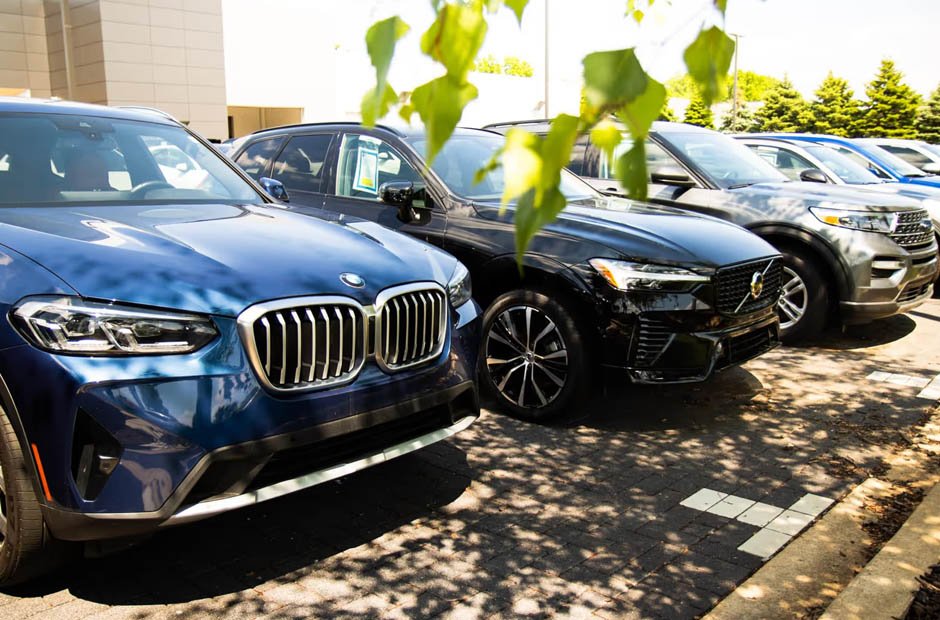You’re eyeing that sleek BMW or elegant Mercedes, but the thought of buying pre-owned luxury makes your palms sweat. Here’s the thing: most people focus on the obvious stuff like mileage and service records. Let’s dig deeper into the game-changing strategies that separate smart buyers from costly mistakes.
Check the Digital Footprint First
Before you even see the pre-owned luxury vehicles in person, become a digital detective. Search the VIN number online to see if photos of the vehicle appear in previous listings, accident databases, or insurance auction sites. A car that’s been listed multiple times across different platforms? Red flag. You want to know why it hasn’t sold and what the seller might be hiding.
Also, reverse-search any photos in the listing. Stolen photos from other sales are surprisingly common, especially with luxury vehicles.
The Timing Sweet Spot
Here’s what most buyers miss: luxury car values fluctuate based on predictable patterns. Shop in late fall or winter when demand drops. Avoid buying right before new model years launch – that 2022 model will depreciate faster when the 2025 version hits showrooms.
But here’s the counterintuitive part: sometimes buying right after a new model launch works in your favor. Previous-generation luxury cars often offer better value and proven reliability.
Test the Expensive Stuff
Everyone checks the engine and tires. You need to test the money-draining components that luxury cars are notorious for. Run every electronic system for at least five minutes each:
- Air suspension (if equipped) – listen for compressor cycling
- Infotainment and navigation systems
- All seat adjustments and memory functions
- Adaptive cruise control and parking sensors
These repairs can cost thousands. A malfunctioning air suspension alone might run you $3,000 to fix.
The Service History Deep Dive
Don’t just look for regular maintenance – look for the right kind of maintenance. Luxury vehicles need premium fluids and OEM parts to maintain their performance and longevity. If you see generic oil change stickers from quick-lube places, that’s concerning for a high-end vehicle.
Pay special attention to software updates and recalls. Luxury cars are essentially computers on wheels, and outdated software can cause mysterious problems that even mechanics struggle to diagnose.
Location Tells a Story
Where the car lived matters more than you think. A luxury SUV from Arizona might have perfect paint, but could have cooling system issues from extreme heat. A car from coastal areas might look great, but harbor hidden rust problems. Northern vehicles face salt corrosion, while cars from areas with mild climates often age more gracefully.
The Inspection Investment
Hire a mechanic who specializes in your target brand. Yes, it costs $200-400, but this isn’t the place to cut corners. Generic mechanics miss brand-specific issues that could cost you dearly later. A Porsche specialist knows to check IMS bearing issues on certain 911s. A BMW expert will immediately spot signs of valve cover gasket problems.
Negotiation Beyond Price
Smart luxury car buyers negotiate more than just the purchase price. Ask the seller to include a pre-purchase inspection, a few months of remaining warranty, or recent maintenance records. Sometimes, sellers are more willing to throw in extras than to reduce the asking price.
The Final Reality Check
Luxury vehicles depreciate quickly, but they also cost more to maintain. Budget an extra 15-20% of the purchase price annually for maintenance and unexpected repairs. That $40,000 pre-owned luxury car might need $6,000-8,000 in annual upkeep.
Remember: buying pre-owned luxury is about finding a well-maintained example, not necessarily the cheapest one. The most expensive luxury car is often the cheap one that wasn’t properly cared for.



